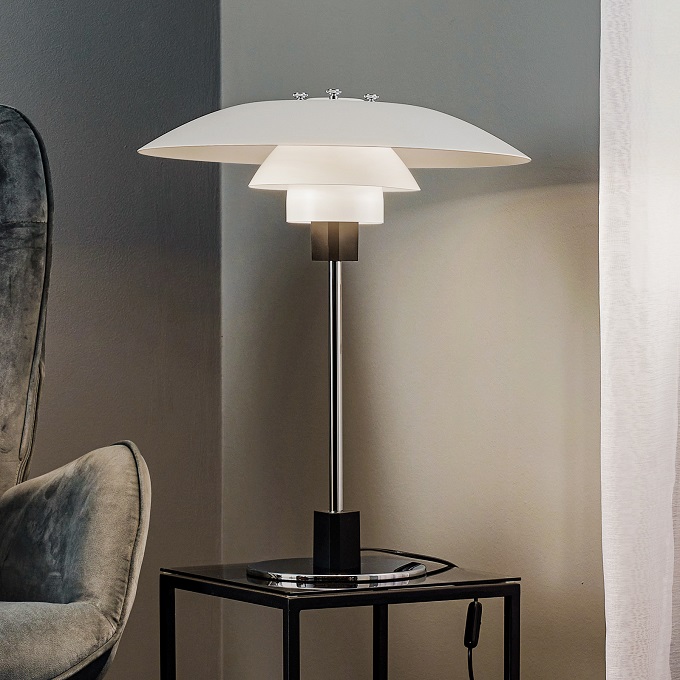Today, let’s talk about the forgotten product design of the Soviet Union. When it comes to the product design of the Soviet Union, the impression in everyone’s mind is this:
“Stupid and clumsy”: It does not pay attention to the appearance of the product and the processing of details. It seems that the only advantage is that it is sturdy.
But in reality, that’s not all of Soviet design. Historically, many innovative futuristic designs were created by Soviet engineers and designers, but rarely were mass-produced. Today I’m going to talk to you about the forgotten industrial design of the Soviet Union.
In 1962, in order to improve people’s lives, the Soviet government issued a decree called “Improving the quality of goods in the fields of mechanical engineering and light industry by implementing designs”.
It also meant the birth of post-war Soviet industrial design. It is worth noting that this decree is not led by artists and designers, but advocated by scientific research institutions and engineers. Next, I will show you the most creative industrial design works of the Soviet Union during this period
Sphinx computer system design
This computer system was designed in the 1980s by Dmitry Azrikan, a Russian designer and engineer from the famous VNIITE Design Institute in St. Petersburg, where I am in It will be described in detail later.
A Sphinx computer is not just a computer, it is a complex system containing many peripherals used in home automation, digital entertainment, communications, telecommuting, and even telemedicine.
Because this project was commissioned by the Soviet government to design a subversive “revolutionary computer”. This system covers computers, phones, TVs, radios, audio systems, and even all technical devices like Google Glass today.
That’s why Alexandra Sankova, director of the Moscow Design Museum, once said: “What we have today – touchpads and mobile phones – we have since the 1980s.”
At the heart of the Sphinx computer system is a modular “memory unit” that includes a triangular-shaped CPU to which three additional triangular-shaped memory expansion modules can be connected. This configuration can allow different users (eg, each member of the family) to use different programs simultaneously in multitasking.
It can be seen that the various modules of the Sphinx computer can be separated from each other and used independently, which has a hint of modular design thinking in it. In terms of appearance design, it is inspired by aviation space design. Prioritizing simplicity and portability, unnecessary elements were removed. It uses a lot of geometric shapes and is extremely simple.
The Soviet government once planned to popularize the installation of the Sphinx computer SPHINX system in Soviet homes by the year 2000. Obviously, this idea did not materialize.
Today this design has been forgotten, and higher and newer technologies are flourishing.





















